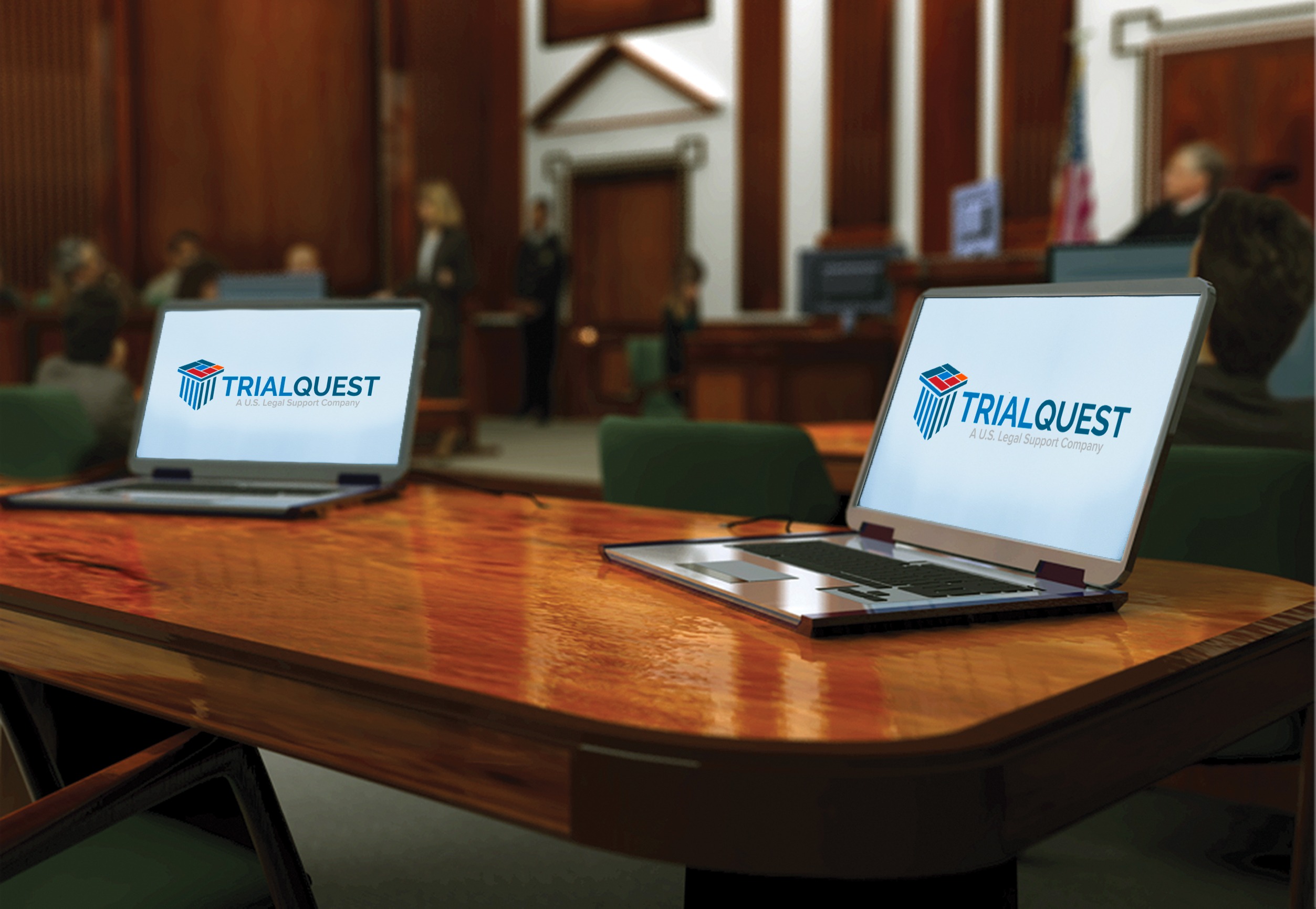The Power of Visuals in Test Presentations for a Winning Debate
The combination of visuals in trial presentations has actually emerged as an important factor in properly communicating intricate arguments to jurors. By utilizing numerous types of aesthetic aids-- be it diagrams, photographs, or computer animations-- lawyers can boost understanding and retention, inevitably shaping the court's understanding of the situation.
Relevance of Visuals in Trials
In many legal settings, visuals play a vital function in boosting the performance of trial discussions. The assimilation of visual elements can substantially affect jurors' understanding and retention of complicated information, therefore forming their assumptions and choices. Visuals, such as charts, diagrams, and photographs, can streamline complex stories, making them a lot more easily accessible and compelling.
Furthermore, the human mind processes visual info a lot more effectively than text, which highlights the relevance of including visuals right into lawful debates. By converting thick legal concepts right into aesthetic styles, lawyers can assist in more clear communication, making sure that bottom lines are not ignored throughout trials.
Furthermore, visuals offer to involve jurors on an emotional level, cultivating a connection to the instance that words alone might fall short to achieve. The strategic use visuals can stimulate empathy, motivating jurors to think about the human aspects of the situation.
Eventually, the relevance of visuals in trials hinges on their capacity to improve quality, boost juror involvement, and enhance the story existing. This potent combination is crucial for crafting persuasive disagreements that resonate with jurors and influence the end result of lawful proceedings.
Sorts Of Visuals to Utilize
Reliable trial discussions can greatly gain from a selection of visual tools that satisfy various elements of the instance. trial presentations. Utilizing representations and graphes can successfully damage down complex details, making it much more digestible for jurors. Flowcharts can highlight the series of events, while bar charts may succinctly compare pertinent information points.

Animations and simulations can likewise play an important duty, particularly in instances involving technical data or intricate situations. These visuals can dynamically stand for processes or actions, providing quality and engagement that fixed images might not attain.
Furthermore, infographics incorporate message and visuals to sum up essential info properly. They can present timelines, stats, and considerable instance factors in an aesthetically attractive way, making it easier for jurors to comply with the debate.
Enhancing Comprehension and Retention

Enhancing comprehension and retention throughout test presentations is important for ensuring that jurors realize the essential aspects of an instance. view publisher site Aesthetic aids offer as powerful tools hereof, converting complex information into easily digestible layouts. By making use of graphes, diagrams, and infographics, attorneys can streamline elaborate information and emphasize crucial factors that may otherwise be overlooked.
Research studies have actually shown that individuals maintain details dramatically much better when it is provided aesthetically. This is particularly significant in a test setting, where jurors may be overwhelmed by the volume of evidence and testament. By strategically integrating visuals, lawyers can route jurors' focus to the most essential aspects of the situation, enhancing their understanding and memory of the material offered.

Developing Engaging Presentations
Captivating jurors' focus during trial discussions is crucial for conveying a compelling narrative. Engaging discussions utilize visual components to develop an unforgettable experience that reverberates with jurors. The calculated use graphics, computer animations, and video clips can elucidate complicated information, making it more available and relatable.

In addition, including narration strategies can improve involvement. Presenting evidence in a logical sequence that constructs sob story permits jurors to get in touch with the material on a personal degree. Varying presentation styles, such as integrating short video clips or interactive components, can additionally receive interest and focus throughout the trial.
Inevitably, an interesting discussion fosters a more extensive understanding of the situation, enabling jurors to much better value the debates existing and causing a much more positive result.
Study and Success Stories
Numerous study highlight the considerable influence of visuals in trial presentations, demonstrating their capacity to affect juror understandings and inevitably the results of cases. For instance, a remarkable case including an injury claim showed how making use of a 3D computer animation of the crash scene made clear learn the facts here now complicated details. Jurors reported feeling even more informed and understanding, significantly guiding their choice in support of the complainant.
In another instance, a business litigation situation used infographics to present economic data and timelines, making intricate details obtainable. The graph made it possible for jurors to grasp the subtleties of the situation extra successfully than verbal descriptions alone. trial presentations. Consequently, the court returned a judgment that surpassed the client's expectations
Moreover, a criminal defense case used photos and video clip proof to develop an alibi. The compelling visuals websites not only helped in creating question however also reverberated emotionally with jurors, resulting in a pardon. These success stories underscore the requirement of incorporating visuals into test discussions, as they boost understanding, retention, and inevitably, the convincing power of lawful disagreements. The strategic usage of visuals is undoubtedly changing the landscape of test advocacy.
Verdict
In conclusion, the calculated consolidation of visuals in trial presentations dramatically improves jurors' comprehension and retention of intricate information. Involving discussions, sustained by engaging case researches, show the extensive influence that visuals can have on convincing interaction.